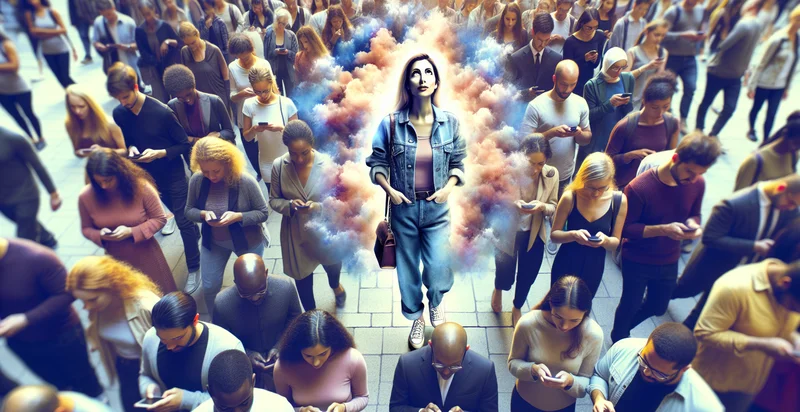Identify gender of translator
using AI
Below is a free classifier to identify gender of translator. Just upload your image, and our AI will predict if the translator is male or female - in just seconds.

Contact us for API access
Or, use Nyckel to build highly-accurate custom classifiers in just minutes. No PhD required.
Get started
import nyckel
credentials = nyckel.Credentials("YOUR_CLIENT_ID", "YOUR_CLIENT_SECRET")
nyckel.invoke("gender-of-translator", "your_image_url", credentials)
fetch('https://www.nyckel.com/v1/functions/gender-of-translator/invoke', {
method: 'POST',
headers: {
'Authorization': 'Bearer ' + 'YOUR_BEARER_TOKEN',
'Content-Type': 'application/json',
},
body: JSON.stringify(
{"data": "your_image_url"}
)
})
.then(response => response.json())
.then(data => console.log(data));
curl -X POST \
-H "Content-Type: application/json" \
-H "Authorization: Bearer YOUR_BEARER_TOKEN" \
-d '{"data": "your_image_url"}' \
https://www.nyckel.com/v1/functions/gender-of-translator/invoke
How this classifier works
To start, upload your image. Our AI tool will then predict if the translator is male or female.
This pretrained image model uses a Nyckel-created dataset and has 2 labels, including Female and Male.
We'll also show a confidence score (the higher the number, the more confident the AI model is around if the translator is male or female).
Whether you're just curious or building gender of translator detection into your application, we hope our classifier proves helpful.
Related Classifiers
Need to identify gender of translator at scale?
Get API or Zapier access to this classifier for free. It's perfect for:
- Personalized Marketing Campaigns: By identifying the gender of translators, companies can tailor marketing campaigns to resonate more with specific demographics. This could increase engagement rates and overall campaign effectiveness.
- Content Localization: Businesses involved in global markets can leverage gender identification of translators to ensure that the translated content aligns with cultural and gender expectations. This ensures greater acceptance and relatability of the content in targeted regions.
- Inclusive Team Structuring: Organizations can analyze the gender distribution among their translation teams and work towards creating a balanced workforce. This can foster a more inclusive workplace culture and reflect diversity in translation outputs.
- Speech Recognition Improvement: Companies developing speech recognition technology can utilize gender classification in training datasets to enhance accuracy. By ensuring balanced gender representation in the training data, the technology can better serve diverse user populations.
- Quality Control in Translation Services: Organizations can implement this function as part of their quality control processes to check for biases or inconsistencies in translation quality across different genders. This will reinforce equitable treatment in translated materials.
- Gender-Sensitive Language Training: Educational institutions and language learning platforms can use this functionality to develop gender-sensitive language training programs. These programs could focus on teaching nuanced translation skills that consider gender implications.
- Targeted User Feedback Initiatives: Businesses can utilize the gender identifier to segment feedback from users based on the gender of translators. This allows for tailored improvement initiatives that directly address any specific issues faced by different user groups.


